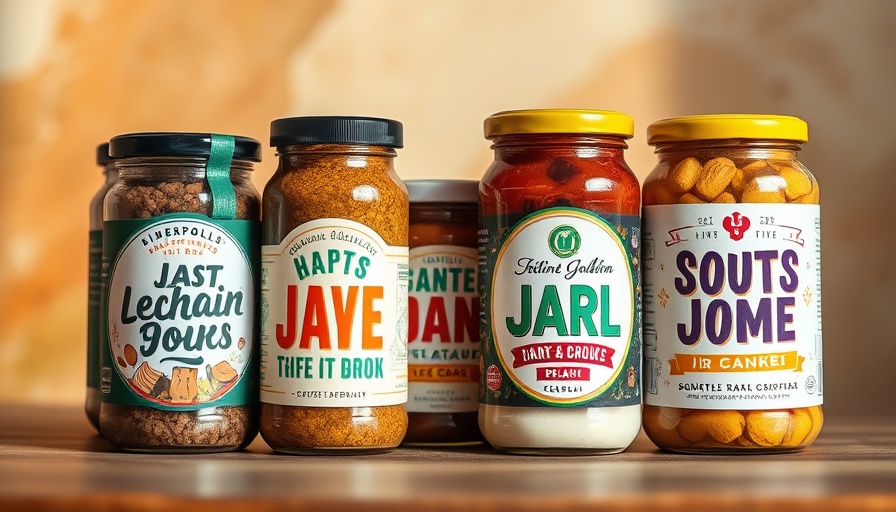
Unlocking the Power of B2B Workflow Marketing: A Comprehensive Guide
In a rapidly evolving digital landscape, B2B companies are increasingly turning to workflow marketing to drive efficiency, enhance customer engagement, and ultimately boost their bottom line. With numerous automation tools available, understanding how to implement effective workflows is essential for marketers and business owners aiming to stay competitive. Here, we will explore seven compelling scenarios of B2B workflow marketing that not only streamline processes but also improve conversion rates.
Understanding B2B Workflow Marketing
B2B workflow marketing leverages automation to create a sequence of marketing actions triggered by specific customer behaviors. This ensures timely and relevant communication with prospects and clients, thereby nurturing leads through the sales funnel. According to recent insights in digital marketing trends, 63% of companies are now implementing marketing automation for improved productivity and to create more personalized customer experiences.
Scenario 1: Lead Nurturing Workflows
Lead nurturing is a cornerstone of effective B2B marketing. By designing workflows that automatically send tailored content based on lead interactions—such as visiting a specific product page or downloading a resource—businesses can efficiently educate potential clients. This approach not only saves time but significantly enhances conversion rates, as tailored messaging has been shown to drive engagement.
Scenario 2: Event Marketing Workflows
Automating event marketing can immensely boost attendance and follow-up strategies. For instance, businesses can set workflows that manage everything from registration confirmations to reminders and post-event surveys. Integration with marketing tools will also help in analyzing data from these campaigns, offering insights into attendee behavior which can drive future marketing strategies.
Scenario 3: Customer Onboarding
The onboarding process of new customers can often feel daunting. Workflow automation simplifies this experience by sending automated checklists, tutorials, or even welcome emails that guide new users through your services. This increased attention during onboarding correlates with improved client retention rates, a crucial element of business growth.
Scenario 4: Feedback Request Workflows
Soliciting feedback is vital in refining products and services. Creating an automated feedback request workflow can streamline this process. Through timely emails triggered after a purchase or service usage, businesses can elevate their customer engagement strategies, fostering a feedback-rich culture that thrives on improvements and customer satisfaction.
Scenario 5: Re-Engagement Campaigns
Losing potential customers due to lack of interaction shouldn't be taken lightly. Automated re-engagement workflows can effectively re-attract dormant leads. Marketers can set up a series of targeted emails that remind clients of offerings they showed interest in or provide exclusive deals, reigniting their engagement with your brand.
Scenario 6: Educational Series Delivery
Education is an excellent form of engagement and adds tremendous value. Educational series that cover your offerings can be automated, ensuring that content is delivered in a structured way that builds knowledge over time. High-value content not only positions your brand as an authority in your industry but also nurtures trust and loyalty among clients.
Scenario 7: Upsell and Cross-Sell Workflows
Finally, upselling and cross-selling is a powerful revenue generation strategy. Automating this process through workflow emails can encourage existing clients to explore additional services or products based on their purchasing behavior. When executed correctly, this not only increases sales but also enhances customer satisfaction by providing tailored options.
Final Thoughts on Marketing Automation Workflows
The landscape of B2B marketing is continually being shaped by technological advancements. By understanding and implementing various workflow scenarios, businesses can significantly improve customer engagement and conversion rates. For professionals and business owners looking to elevate their marketing strategies, investing time and resources into marketing automation is a wise choice.
Consider leveraging these insights to design your workflows strategically. Take the first step toward enhancing your marketing automation journey today!
 Add Row
Add Row  Add
Add 




Write A Comment